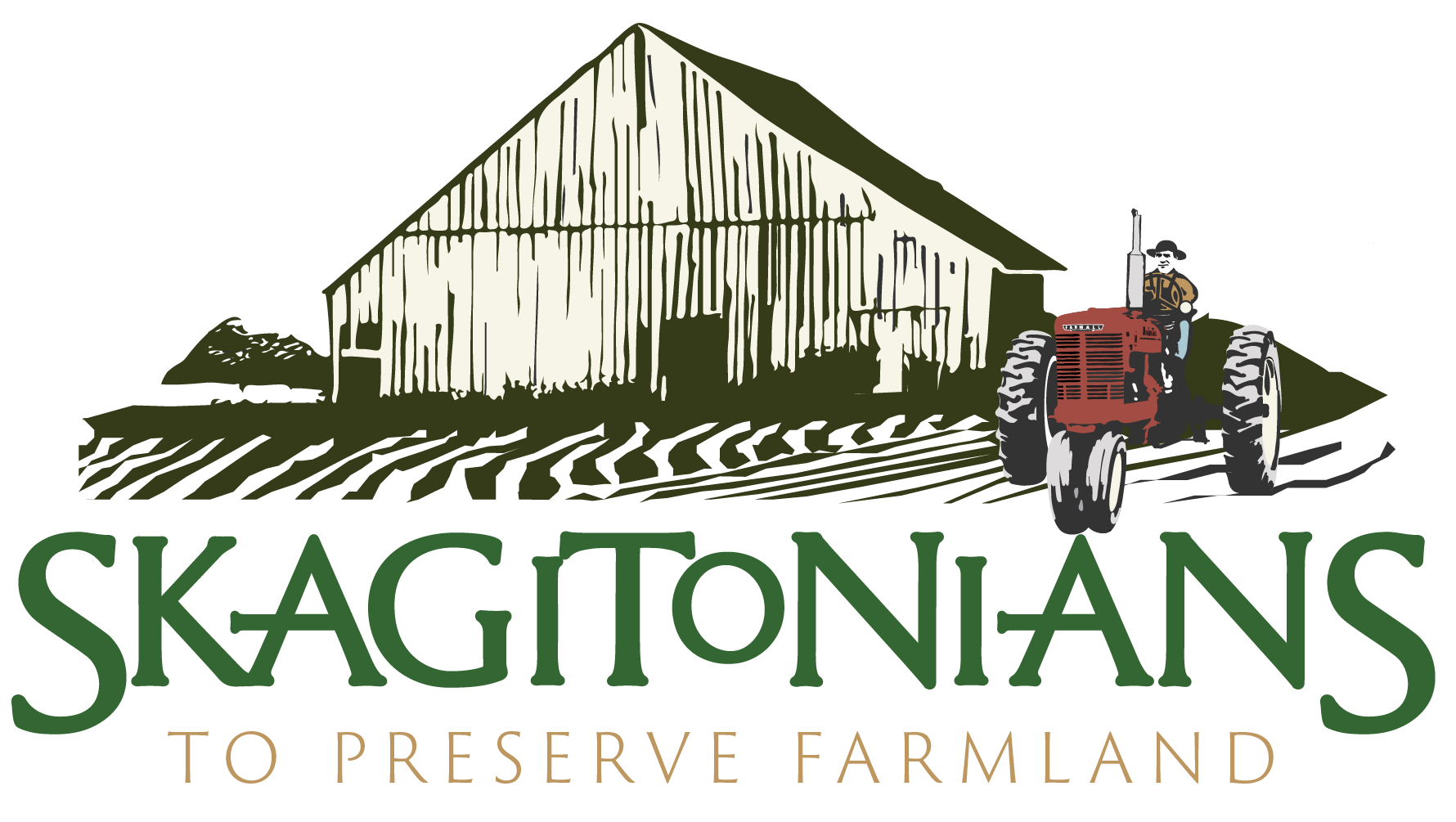The Dirt Issue 5 - Agriculture Meets Tourism
The search for somewhere natural and serene is one of the most popular getaways in the 21st century. These days, that quest is increasingly being met through "Agri-tourism"- a conjoined term that loosely stands for the intersection between agriculture and tourism.There are many definitions and a raft of synonyms for agritourism, but however it's defined, what's important is what is does for its participants.Opening a farm stand or having U-pick crops is agritourism. So are corn mazes, farm tours, horseback riding and bird watching. Anything that brings a visitor into an agricultural setting for commerce, education or entertainment is a form of agritourism.Making a living by farming isn't easy or a sure thing. The majority of farmers earn at least some of their livelihood by holding down jobs off the farm. Agritourism is one way that need might be reduced. It fits into the overall concept of value-added agriculture, a way of diversifying a farm's output and developing new income streams.When a farmer offers his or her produce directly to the consumer through a farmers' market or a roadside stand, they have the potential to realize more value from that crop than if it is sold through a wholesaler. That's value-added to the farmer. The consumer not only benefits from buying the freshest possible produce, but does it while day tripping in the farm country. That's agritourism.For many farmers, it's about more than money. A 2011 study by WSU Extension on agritourism in Washington State identified several motives for engaging in agritourism. As you might expect, providing additional income was number one, but the next two reasons both reflect broader social concerns. "Providing a service or an opportunity to the community" and "helping to educate the public about farming and agriculture" were both seen as compelling reasons to consider such activities.Extremely popular in many parts of the world are farm stays, temporary lodging at a farm to enjoy-and perhaps participate in-the rural lifestyle. Running the gamut from camping sites to secluded cabins, B&Bs to your own wing of the family farmhouse or even a corner of the renovated barn, they are eagerly sought as a family-friendly retreat. The more opportunities for tourists, the more likelihood day trippers become weekenders or even vacationers.Agritourism comes in many sizes. We're all familiar with the Tulip Festival in the spring and the Festival of Family Farms held in the fall. They are excellent examples of larger-scale agritourism that benefit not just those in agriculture, but the community at large.But, agritourism works at a much smaller scale, too. From providing on-the-farm classes in making wreaths from pruned blueberry plants to setting up a venue for weddings or on-the-farm dinners; or from making and selling sauces, preserves and gift baskets of farm produce to offering hay rides in the fall, all are a low-impact way to augment income and keep the land in farming.SPF is part of the trend, too. We've long recognized that the more people know about Skagit Valley farming, the more likely they are to protect it. So we offer visitors and locals alike an opportunity to be educated-and, we hope, engaged-through our InFARMation programs.One such program is Talking Fields, a self-guided driving tour through the Skagit Valley, which has several Talking Field sites along the route. When a tourist stops at a site, they can use their cell phone to listen to recorded content on a variety of informative agricultural topics and historical anecdotes. And, while they're following the route, they can be further informed through our crop identification signs, answering the question, "What is that?" and showing just how wonderfully diverse Skagit agriculture is.So, next time you're on the hunt for things to do, things to see, and things to buy, take a trek out into farming country and reconnect. It's good for the farmer; it's good for the community; and it's good for you.
